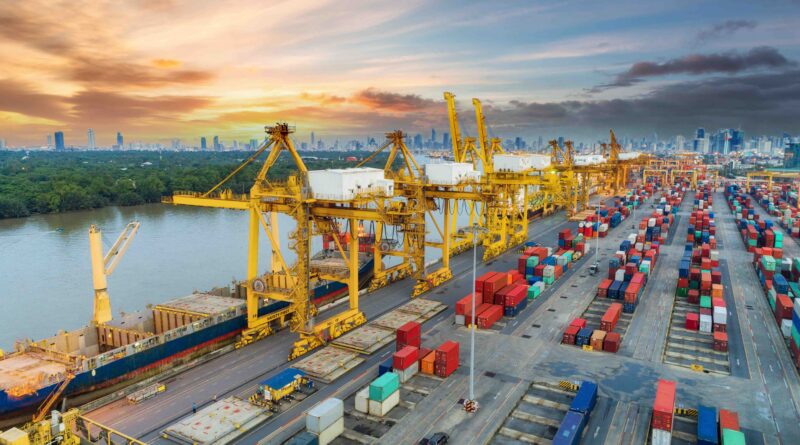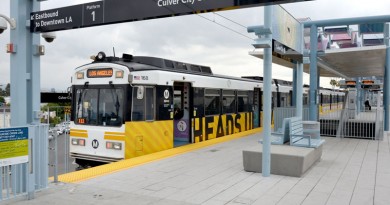How the Bipartisan Infrastructure Law is Helping Us Achieve a Zero-Emissions Future
In order to safeguard the well-being of communities directly affected by escalating climate change and enduring generations of environmental inequities, it is imperative to activate the collective strength of federal, state, and local governments to formulate and execute effective solutions.
According to Earth Justice, the transportation sector is the largest source of greenhouse gas emissions in the United States and a major source of deadly air pollution in our communities. It’s impossible to overlook the relationship between our current infrastructure, climate change, and public health. Decades of underfunding have left us with crumbling infrastructure that fails to address the modern challenges we face. By deploying zero-emissions technologies across various sectors — from public transportation and ports to heavy-duty vehicles and cars — we can help meet the goal of cutting climate pollution by at least 50% by 2030 while quickly improving the air quality of the environmental justice communities most at risk.
Here’s how some of the funds from the Bipartisan Infrastructure Law are being invested in communities and helping make a zero-emissions future a reality:
Clean Buses: The Biden administration is implementing the largest investment in clean heavy-duty vehicles in our nation’s history. Under the Department of Transportation and the Environmental Protection Agency (EPA), the administration has funded over 2,900 low- and zero- emissions buses and 2,400 clean school buses. This is promising news for our climate and air quality. While trucks and buses only account for 4% of vehicles on the road, they are responsible for more than 25% of the total transportation sector’s greenhouse gas emissions. They typically run on dirty diesel, whose emissions imperil not only the communities vehicles are passing through, but passengers.


